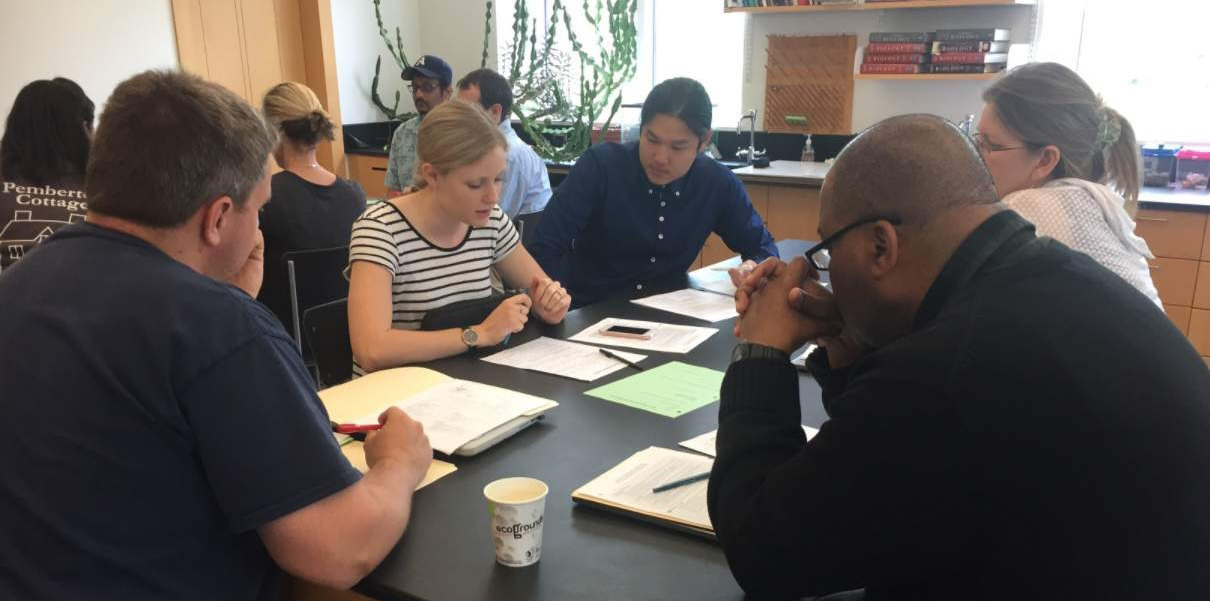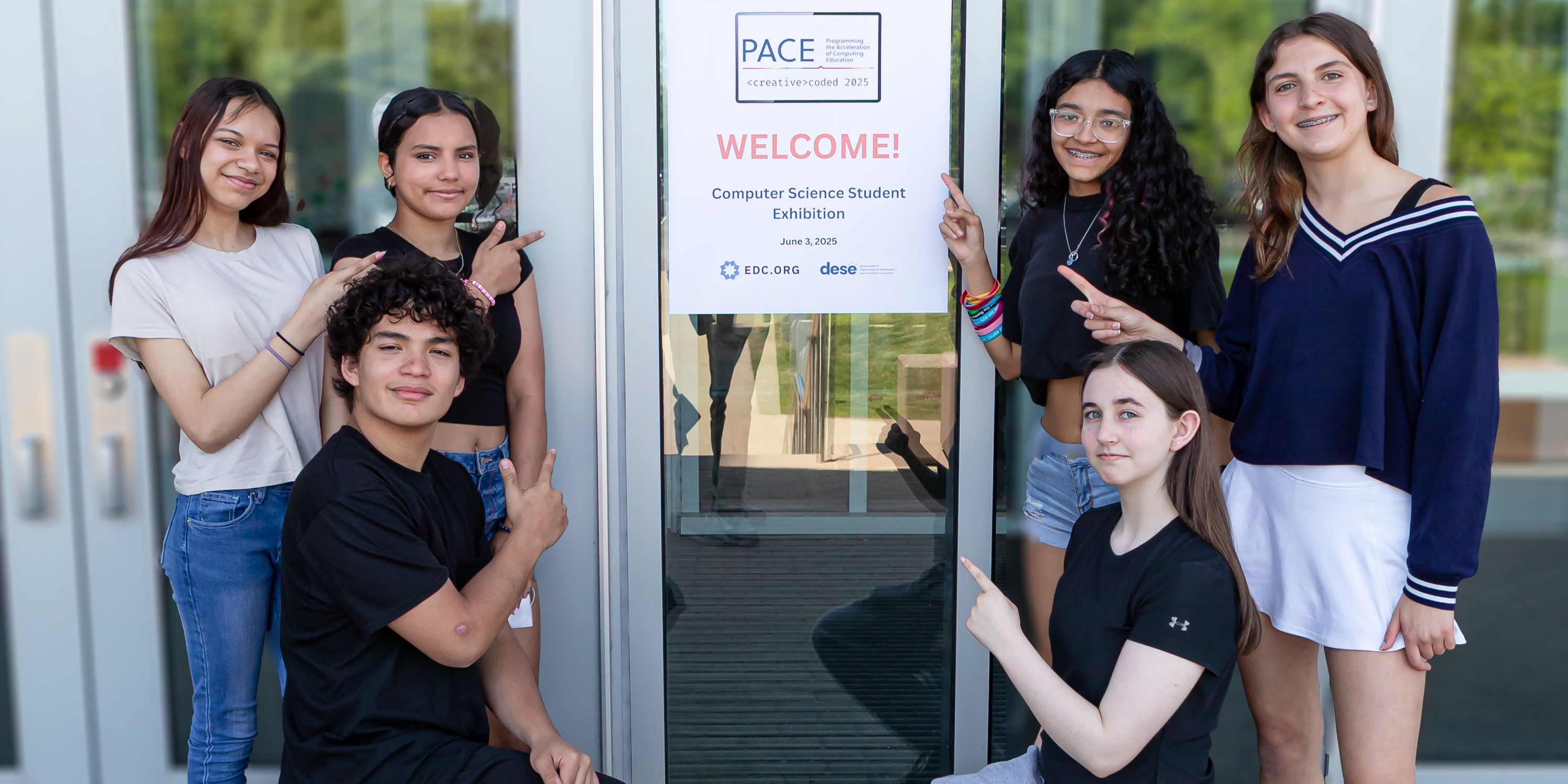Basic Steps to Implement PACE
Any district can implement the key elements of PACE to engage students in computer science and increase interest in CS careers. Below are the recommended steps for implementing the PACE model to ensure positive outcomes and sustainability. Click the links or the boxes below to learn more about important PACE elements.
- Assemble a District Stakeholder Council. The District Stakeholder Council (DSC) is made up of key stakeholders who work toward achieving the district’s CS goals. This often entails shepherding the development of CS pathways, establishing practices that ensure participation, and creating systems and structures to sustain efforts. The DSC meets regularly to set and work towards district CS goals, monitor and make improvements to activities, and ensure sustainability of activities.
- Conduct a series of DSC meetings during Year 1 to:
- Determine a CS goal
- Identify potential challenges and issues
- Select a high-quality, evidence-based CS curriculum after a review of the standards and curriculum guidance relevant to your state and district.
- Develop assessment goals and methods
- Develop a plan to address and monitor issues and implementation
- Plan for CS pathways into the high school curricula
- Provide professional learning opportunities for staff. Training, coaching, and communities of practice help to build teachers’ confidence and capacity to implement the high-quality CS curriculum and to build counselors’ capacity to support students to enter and stay in CS pathways.
- Provide program supports. Set up structures to support teachers and administrators as they implement PACE. In addition to professional learning structures, consider school or district policies that support sustained CS opportunities for all students, opportunities for students to engage in CS outside of school, and CS pathways that ensure students receive credentials at the end of the sequence.
- Plan for monitoring progress. Plan for collecting targeted data to monitor key metrics for change and whether implementation is going as planned. These data will be used by the DSC to make improvements to better meet goals. (See Appendix G in the PACE Toolkit for a continuous improvement planning template.)
- Engage students in the high-quality CS curriculum selected in Year 1. This curriculum should guide teachers and students through CS instruction and activities, across content areas, for durations of a month to a full year.
- Continue to hold regular DSC meetings to examine data and identify strategies for adjusting implementation and improving student achievement outcomes. (See Appendix A in the PACE Toolkit for detailed agendas for meetings in Years 2 and 3.)
- Host CS exhibitions to provide students with opportunities to showcase the projects they’ve been working on. These events can be hosted within students’ own school environments or expanded to include other schools and districts. Students appreciate showing off the results of their hard work, ideas, and teamwork to their peers and interested adults, which could include industry professionals. PACE has created a resource of materials to help you plan your own.
- Review progress using continuous improvement. Collect data on student achievement, implementation, and other factors aligned with the program goals. DSC representatives analyze collected data and identify strategies for adjusting implementation and improving student achievement outcomes. (See Appendix G in the PACE Toolkit for a continuous improvement planning template.)
- Adjust the program. Adjust implementation or plan adjustments for future implementation cycles.

District Stakeholder Council Meetings
The District Stakeholder Council (DSC) is made up of key stakeholders who work toward achieving the district’s CS goals. This often entails shepherding the development of CS pathways, establishing practices that ensure participation, and creating systems and structures to sustain efforts. The DSC meets regularly to set and work towards district CS goals, monitor and make improvements to activities, and ensure sustainability of activities.

CS Curriculum Professional Learning
A high quality CS curriculum paired with ongoing professional learning opportunities ensures that teachers have the needed skills and competencies to interest and engage all students in CS.

Continuous Improvement
Implementation of any new initiative requires consistent monitoring of implementation and outcomes. PACE has developed a number of continuous improvement tools to ensure your PACE initiative is successful.

Student CS Exhibitions
Exhibitions give students the opportunity to showcase the projects they’ve been working on. These events can be hosted within students’ own school environments or expanded to include other schools and districts. Students appreciate showing off the results of their hard work, ideas, and teamwork to their peers and interested adults, which could include industry professionals. PACE has created a resource of materials to help you plan your own.
